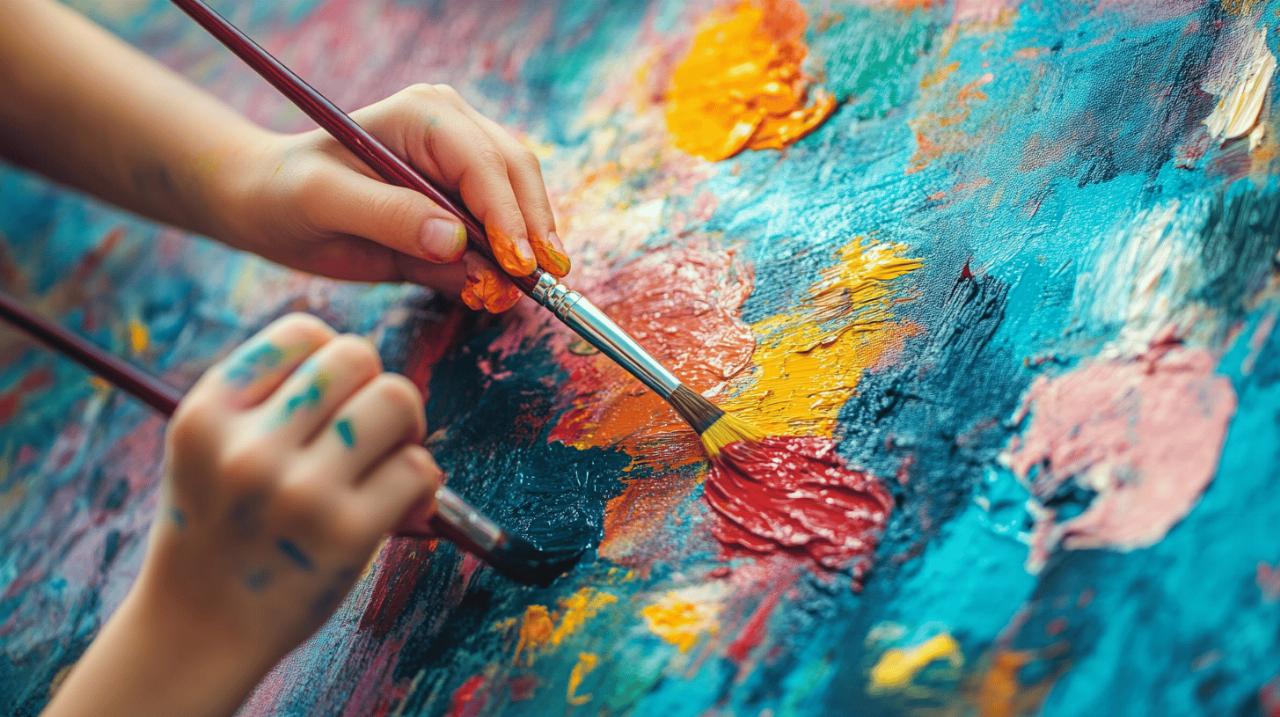Art therapy has emerged as a valuable addition to pediatric healthcare, offering young patients unique ways to cope with the challenges of hospitalisation. This creative approach provides children with tools to express themselves when words may fail them during difficult medical experiences. By integrating artistic expression into traditional care models, hospitals are discovering powerful new pathways to support children's emotional and psychological wellbeing.
Understanding art therapy in hospital settings
Art therapy in pediatric hospitals represents a specialised application of therapeutic techniques tailored to the unique needs of children facing medical challenges. Organisations like Asgoponlus recognise the importance of supporting sick children and their families through various interventions, including creative therapies. These approaches complement traditional medical care by addressing the emotional dimensions of illness and hospitalisation that might otherwise go unaddressed.
The fundamental principles of art therapy for children
At its core, art therapy for hospitalised children creates a space where young patients can express themselves freely through creative activities. Unlike structured clinical interventions, art therapy sessions typically avoid rigid treatment plans, instead focusing on meeting the child where they are emotionally. Research involving experienced art therapists in Israel revealed that practitioners emphasise flexibility and responsiveness to children's immediate needs, particularly as these young patients are often experiencing significant crisis during their hospital stays.
Art therapists employ diverse materials to engage children, sometimes even incorporating hospital-related items like test tubes into creative activities. This approach helps transform intimidating medical equipment into something familiar and non-threatening. The therapy typically occurs in 45-minute sessions, though hospital routines and treatments frequently cause interruptions, requiring therapists to adapt continuously.
How art therapy integrates with medical treatment plans
Successful integration of art therapy within medical settings demands close collaboration between creative arts therapists and healthcare professionals. Studies examining practices at facilities like Children's Hospital Los Angeles highlight the importance of interdisciplinary teamwork. Art therapists must navigate complex hospital environments while maintaining therapeutic relationships with children and respecting the primary medical care being provided.
The integration process presents unique challenges, including limited privacy, frequent interruptions, and the need to coordinate with medical procedures. Despite these obstacles, art therapy can become a valuable component of comprehensive care when hospitals establish clear protocols for communication between medical and therapeutic staff. This collaborative approach ensures that emotional and psychological support through creative expression complements rather than conflicts with medical treatment.
Emotional Benefits of Art Therapy for Young Patients
 The emotional advantages of art therapy for hospitalised children extend far beyond simple distraction from medical procedures. Research spanning from 1999 to 2022 demonstrates that creative expression offers substantial benefits for children's emotional wellbeing during medical treatment. These interventions provide crucial support during periods when children feel particularly vulnerable and may struggle to articulate their experiences verbally.
The emotional advantages of art therapy for hospitalised children extend far beyond simple distraction from medical procedures. Research spanning from 1999 to 2022 demonstrates that creative expression offers substantial benefits for children's emotional wellbeing during medical treatment. These interventions provide crucial support during periods when children feel particularly vulnerable and may struggle to articulate their experiences verbally.
Creating safe spaces for expressing difficult feelings
Hospital environments can be overwhelming for children, filled with unfamiliar faces, strange equipment, and potentially frightening procedures. Art therapy establishes a psychological safe haven where young patients can process these experiences through creative expression. Through drawing, painting, and other artistic activities, children find ways to communicate feelings that might otherwise remain unexpressed.
Studies of art therapists working in pediatric settings consistently identify the creation of this safe emotional space as fundamental to therapeutic success. Within these protected moments, children can explore difficult emotions related to their illness or treatment without fear of judgment. The artwork itself often becomes a bridge between the child's internal experience and the outside world, helping medical staff and family members better understand what the young patient is experiencing.
Reducing anxiety and fear through creative expression
Anxiety and fear represent significant challenges for children during hospitalisation. Art therapy addresses these emotions by offering children a sense of control in an environment where they typically have very little agency. The simple act of choosing colours, materials, or subjects for artistic expression provides meaningful opportunities for decision-making when most other aspects of hospital life are dictated by medical necessity.
Research examining therapeutic themes highlights concepts like empowerment, identity, and being present as crucial elements of successful art therapy interventions. Through creative activities, children can temporarily set aside their patient identity and reconnect with their sense of self beyond the illness. This psychological shift often translates into measurable reductions in anxiety and improved cooperation with medical procedures.
Beyond individual benefits, art therapy can strengthen family relationships during healthcare crises. Studies show that creative activities improve social health through enhanced communication, emotional health through better coping mechanisms, and family health through stronger connections between family members. These improvements make art therapy a valuable component of family-centred care approaches in pediatric hospitals, supporting not just the child but the entire family system during challenging medical experiences.
